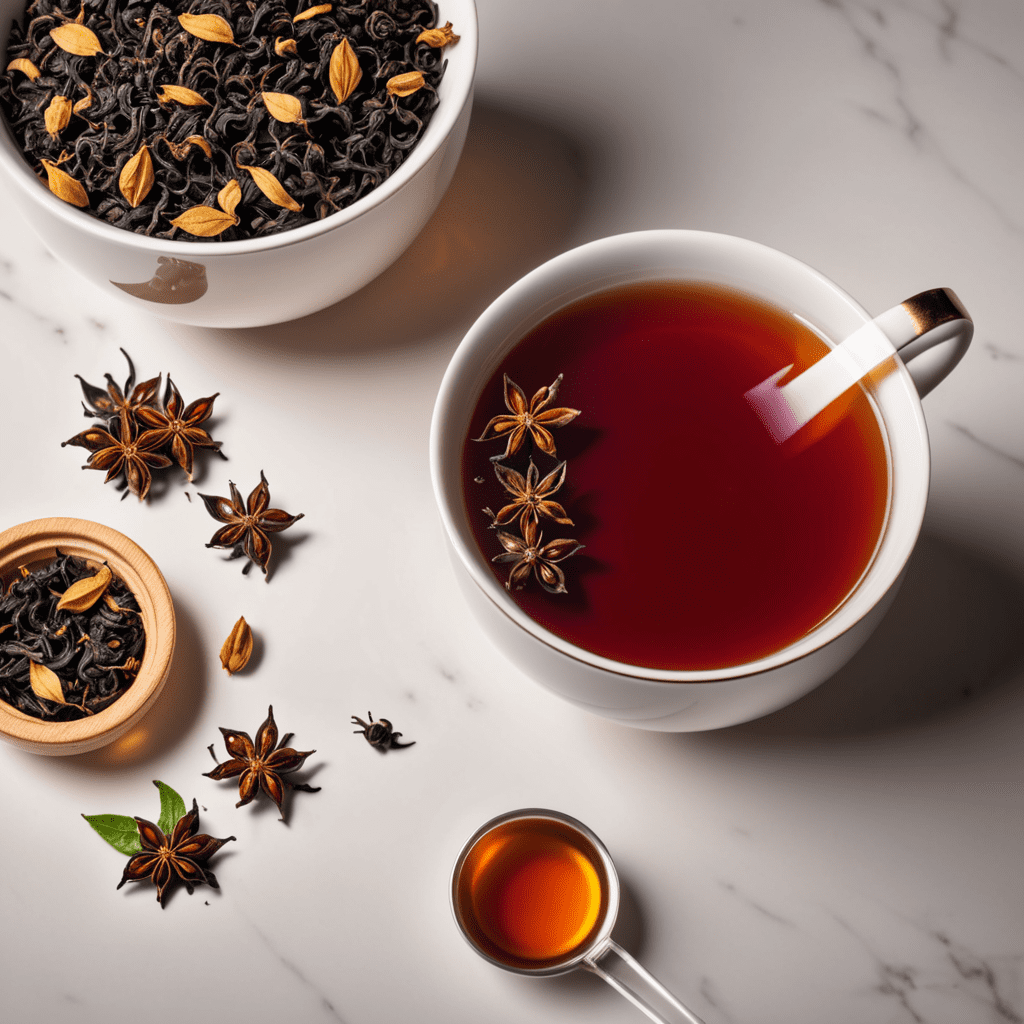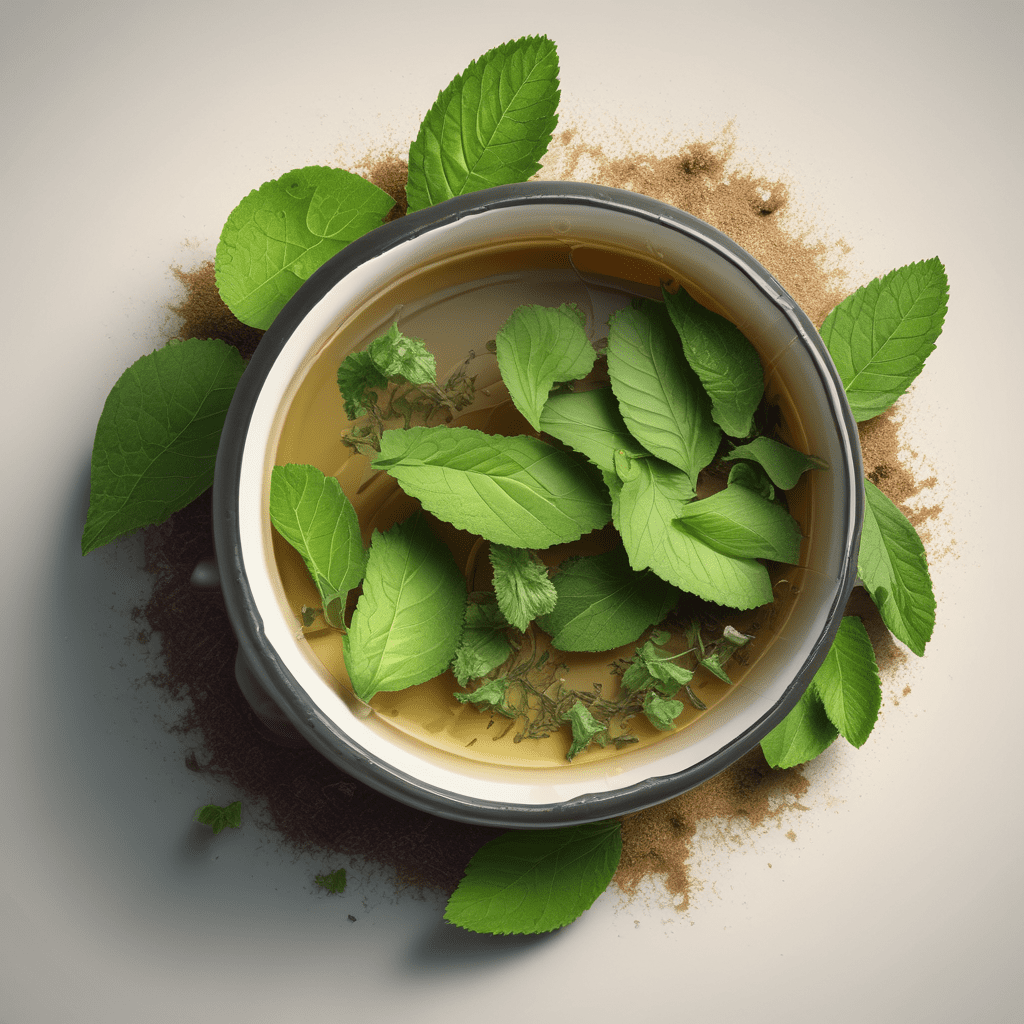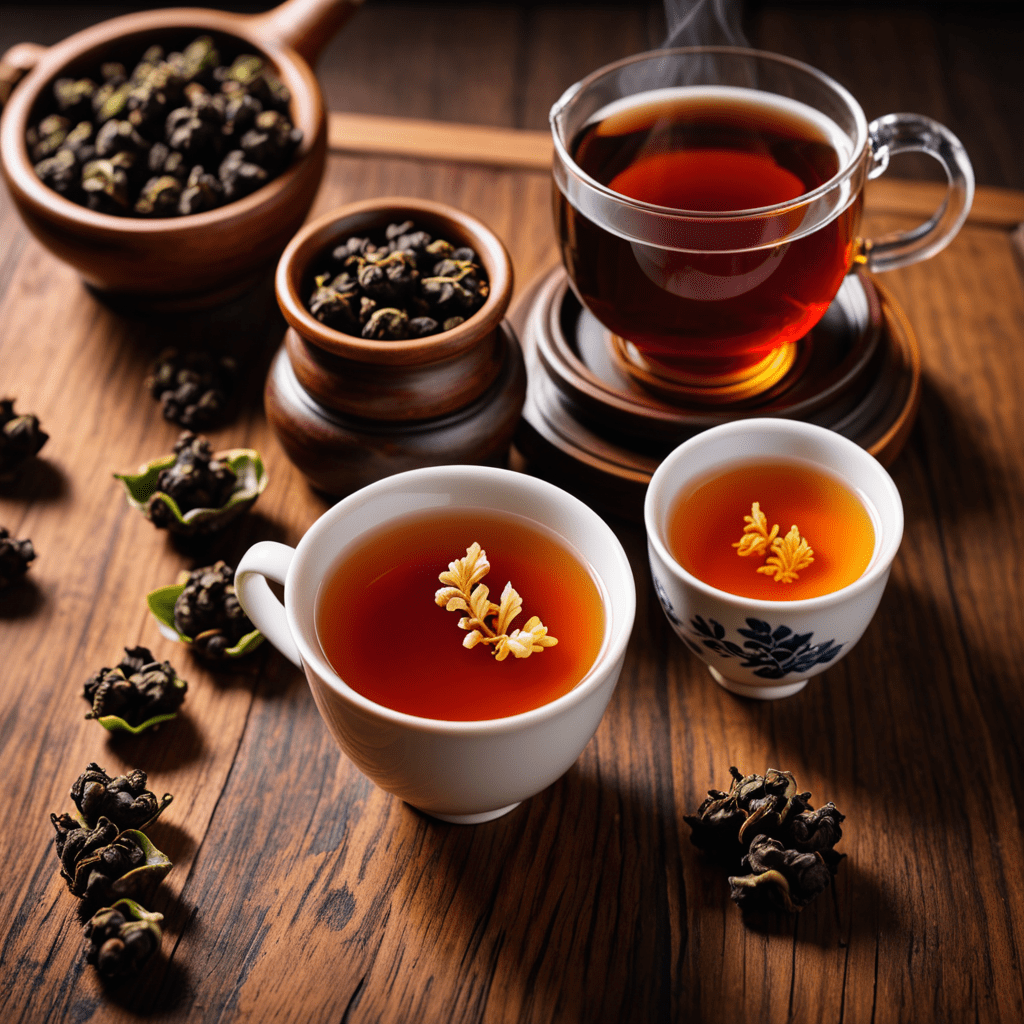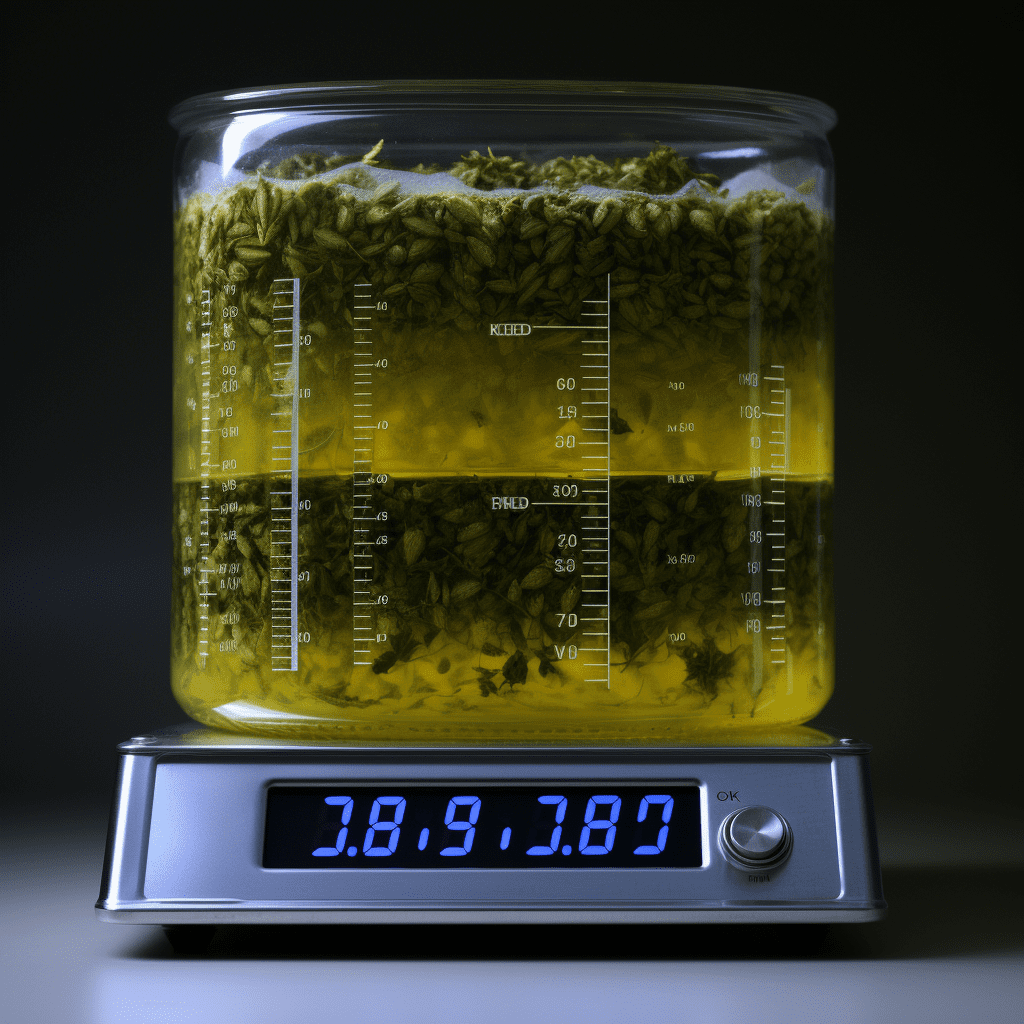Discover the Art of Crafting Black Tea: From Leaf to Cup
Introduction
Welcome to the fascinating world of black tea production. In this article, we will explore the journey of tea leaves from harvest to infusion, uncovering the intricate process behind creating the bold and robust flavors of black tea. So, let’s dive in!
1. Harvesting
The first step in black tea production is the careful harvesting of tea leaves. Skilled tea pluckers selectively pick the topmost two leaves and a bud from the tea bushes, ensuring they are at the peak of freshness and have developed the desired characteristics. These leaves carry the potential to produce the unique flavors found in black tea.
2. Withering
After harvesting, the tea leaves undergo withering, a process that removes excess moisture. The leaves are spread out on large trays or withering troughs and are left to wither naturally for a specific duration. During this time, the leaves lose water content, which alters their chemical composition, enhances aroma, and prepares them for further processing.
3. Rolling
Rolling is a crucial step in black tea production. The withered leaves are gently rolled to release enzymes and initiate oxidation. Traditionally, rolling was done by hand, but today, mechanical rolling machines are commonly used. This process breaks down the cell structure of the leaves, allowing them to release their natural juices and begin fermentation.
4. Oxidation/Fermentation
Oxidation, also referred to as fermentation, plays a significant role in shaping the characteristics of black tea. After rolling, the leaves are spread out in a cool and humid environment to oxidize. Controlled exposure to oxygen triggers a series of chemical reactions, including enzymatic oxidation, which darkens the leaves and develops their distinct flavor profile.
5. Drying
Once the desired level of oxidation is achieved, the tea leaves go through a drying process to halt further enzymatic activity. Heat is applied to the leaves, either through pan-firing or using large drying machines, to reduce their moisture content. Drying also helps to lock in the flavors and aroma developed during oxidation.
6. Sorting and Grading
After drying, the tea leaves are sorted and graded based on their size, appearance, and quality. This sorting process ensures consistent product quality and allows for different grades of black tea to be produced, such as whole leaf, broken leaf, or fannings. Each grade caters to various preferences and purposes, whether for loose-leaf consumption or tea bags.
7. Packaging and Enjoyment
Finally, the sorted tea leaves are packaged and prepared for distribution. Whether it’s airtight tins, tea bags, or other forms of packaging, the goal is to preserve the freshness, aroma, and flavors until they reach the cup of tea enthusiasts around the world. To fully appreciate the art of black tea making, steep the leaves, and indulge in the rich and complex flavors that have been carefully crafted for your enjoyment.
Frequently Asked Questions (FAQ)
Q: What is the difference between black tea and other types of tea?
A: Black tea undergoes complete oxidation, while other types of tea like green or white tea undergo minimal oxidation or no oxidation at all. This distinction in processing results in variations in flavor, color, and aroma.
Q: How long does it take to make black tea?
A: The entire process of making black tea, from harvesting to packaging, can take several days to a few weeks, depending on factors like weather conditions, production scale, and desired qualities.
Q: Are there any health benefits associated with black tea consumption?
A: Black tea contains antioxidants and compounds that may offer various health benefits. These can include improved heart health, enhanced digestion, strengthened immune system, and increased mental alertness. However, it’s always recommended to consume black tea in moderation and consult a healthcare professional for personalized advice.
Q: Can black tea be flavored?
A: Yes, black tea can be flavored with natural ingredients like fruits, flowers, or herbs. This process creates unique blends and enhances the taste and aroma of the tea.



